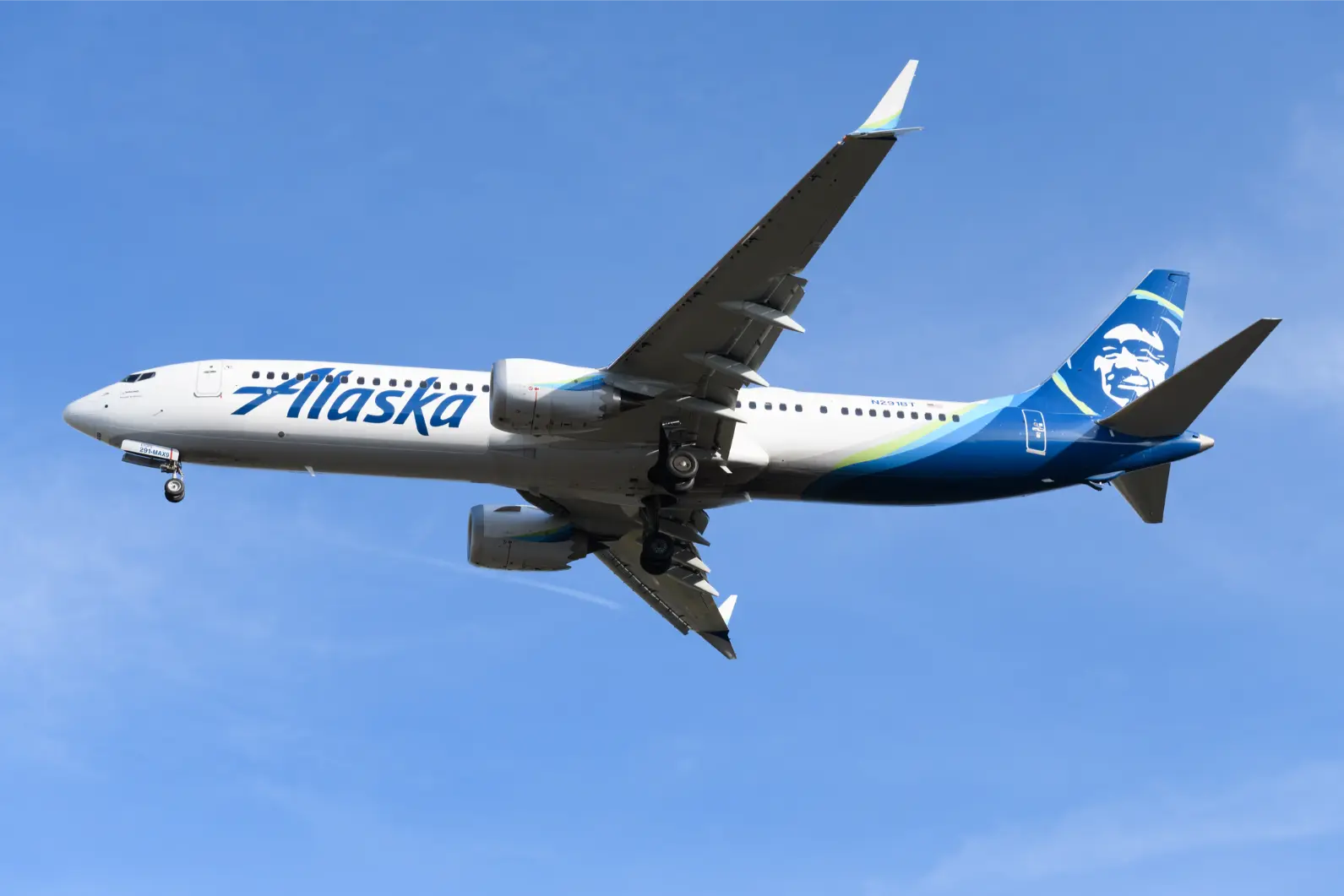Alaska Airlines has conducted in-house inspections on its Boeing 737 Max 9 fleet following a critical incident earlier this month.
The result?
According to Alaska Airlines CEO Ben Minicucci, in an exclusive interview with NBC News senior correspondent Tom Costello, these inspections have revealed the presence of “many” loose bolts in the aircraft.

This scrutiny comes in the wake of a January 5 incident where a panel on one of the airline’s Max 9 jets unexpectedly blew out mid-flight on a journey carrying 177 passengers. The event has raised significant concerns about aircraft safety and maintenance standards.
“I’m more than frustrated and disappointed,” Minicucci said. “I am angry. This happened to Alaska Airlines. It happened to our guests and happened to our people. And — my demand on Boeing is what are they going to do to improve their quality programs in-house.”
Boeing MAX 9's Remain Grounded and Suppliers Audited
In response to the incident, the Federal Aviation Administration (FAA) has taken decisive action. The agency has grounded all Boeing Max 9 planes and initiated a comprehensive safety investigation. Additionally, the FAA announced an audit of the Boeing Max 9 production line and its suppliers to “evaluate Boeing’s compliance with its approved quality procedures.” This audit extends to increased monitoring of both Boeing and its third-party suppliers.
Lawmakers Raise Concerns Over Boeing Quality Control After Recent Alaska Airlines Incident
The incident has also caught the attention of lawmakers, prompting queries into the efficacy of Boeing’s quality control systems. As of now, there is no defined timeline for the Boeing-made planes to return to service. This is due to the absence of specific maintenance orders from the FAA, which are necessary for the aircraft’s re-entry into operation.
